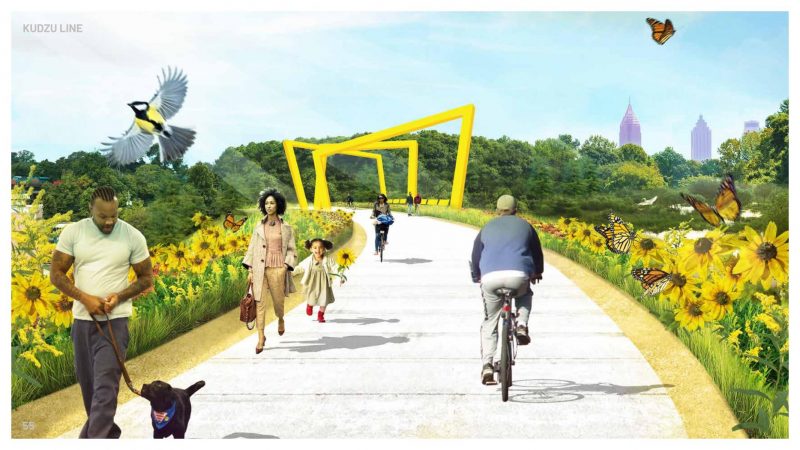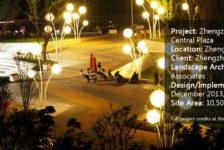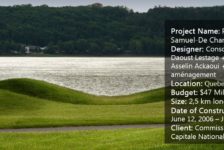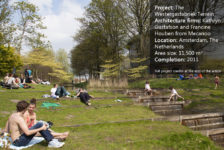Austin consistently ranks at the top of ‘most desirable’ and ‘best place to live’ lists. With the city’s unflappable job market, the migration of corporations relocating to Texas, and the desirable quality of life that is provided by the amenities the city has, it’s no wonder that the population has skyrocketed in the past several decades. An average of 180 residents arrives daily – even during the Covid-19 pandemic.
With this kind of growth, there is incredible pressure on the housing market, both for sale and for rent. Houses and apartments are in short supply, and this leads to increased housing costs across the region. Home buyers are seeking affordable homes as far as 60 miles from the city. So, when a homeowner that lives 45 minutes or farther from their job in the core of the city, there is a growing pressure on the infrastructure needed for someone to access a job from a location where they can afford a home. All that time traveling in a car decreases quality of life. This begs the question: Is existing urban infrastructure able to withstand this boom? Below are some strategies that Austin will need to implement in order to grow in a more sustainable, healthy manner.
First, people are not just moving into the core of Austin. The salaries needed to afford an apartment, condo or single-family house in the area are unachievable for those making the median family income. This is what is driving the growth of Austin’s suburbs – searching for housing that is more affordable. Downtown is no longer the only place to do business – job centers are growing throughout the region. The pandemic and the world’s shift to flexible working, remote working and working from home has opened a world of possibilities for where people live and where they work.
Planned communities today are incredibly more comprehensive than they were just 10 years ago. The bedroom communities of the past are now expected to have more than just housing. Successful planned communities are a mix of uses, including retail, office, and even institutional uses. For planned communities that are growing on the outskirts of the city, they need to think about equitable multi-modal access, even if that component of the community will be built in the distant future. Northline is a 100-acre development under construction now in Leander, Texas, a suburb of Austin. This mixed-use community will feature different housing types, civic spaces, and commercial areas. One of the elements that sets this community apart is its proximity to the light rail line, meaning that if residents need to get to downtown, they can take the trail instead of their car.
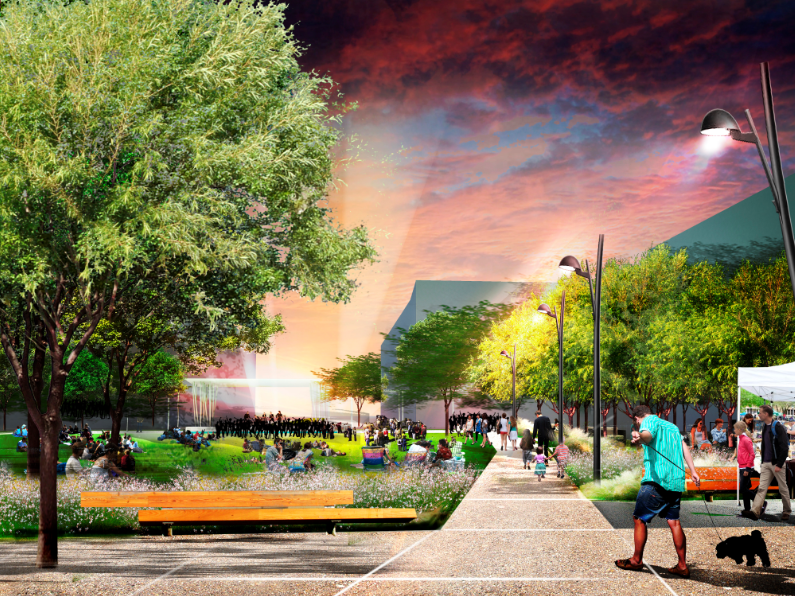
The newest extension of the Beltline will be not only a recreational amenity but also create a multi-modal transportation corridor. (Image: Design Workshop and Alta)
Something else to be taken into consideration is the industry shift from suburban office parks – typically large areas of singular buildings where people only work and then go home – to a more comprehensive collection of uses for not only the tenants and their employees, but for the public to enjoy. New and redeveloping office campuses are working to provide their employees better outdoor connectivity between buildings, adding land uses in the same development which include large public parks and residential.
Mobility and the needed infrastructure to make a complete system is critical for a growing population. People should have the choice of how they get around town, whether by bike, bus, light rail, ride share or other. Communities that have historically depended on single occupancy vehicles to get between destination points need to think beyond the highway for how people can get to where they need to go. Trail infrastructure can be used not only for recreational riding and walking, but also for people to move around with minimal to no car interaction. The Atlanta Beltline is an incredible built example of an investment in this type of infrastructure. Design Workshop is on the team working on a vital missing piece of the system, and upon completion, the loop around the core of the city will be nearly complete.
By incorporating affordable housing, planned communities with multi-modal access and growing office campuses that accommodate many amenities in a growing urban city, Austin can continue to grow in a healthy way. City leaders and urban planners need to be strategic about the plans they are implementing now to make sure they are capable of withstanding growth that will be sustainable for 20, 30 to 50 years to come.
—
Lead Image: Design Workshop, Northline; Northline’s civic spaces contribute to the atmosphere of a complete community.



